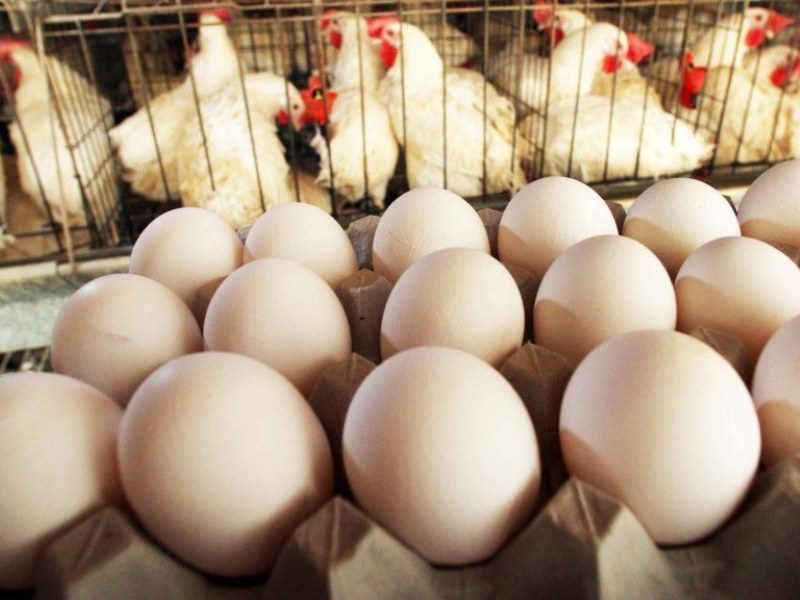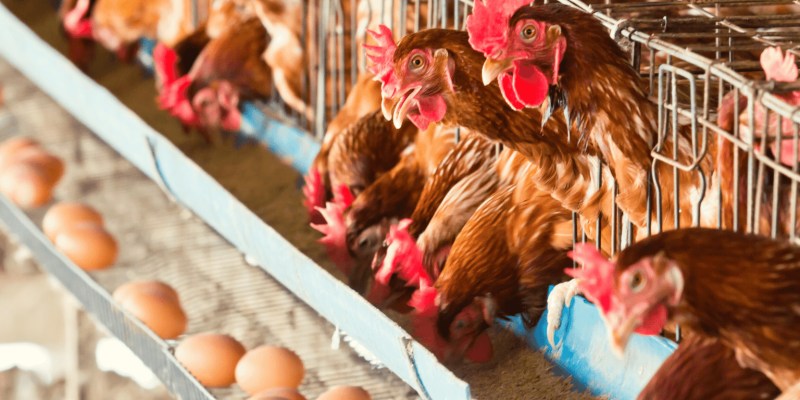
What is the Initial Investment to Start a Laying Hen Farm?
Starting a laying hen farm can be a rewarding venture, both financially and personally. However, one of the most critical considerations when entering this industry is the initial investment for laying hen farm operations. This article will explore various aspects of the initial investment required, including land, facilities, equipment, livestock, feed, and more.
1. Understanding the Basics
Before diving into the specifics, it’s essential to understand what a laying hen farm entails. A laying hen farm primarily involves raising hens that produce eggs for consumption. This requires careful planning and a significant financial commitment upfront. The initial investment for laying hen farm can vary widely based on factors such as location, scale of operation, and production goals.
2. Cost of Land
The first component of the initial investment for laying hen farm is acquiring suitable land. The price of agricultural land varies dramatically depending on geographic location, accessibility, and local regulations. It’s advisable to choose a location with easy access to markets, adequate water supply, and favorable zoning laws. Depending on the area, the cost of land can range from a few thousand to several hundred thousand dollars.
3. Construction of Facilities
Once land is secured, the next step is constructing the necessary facilities. This includes hen houses, storage areas for feed, and possibly processing facilities for eggs. The design and materials used in construction can significantly influence costs. A well-ventilated and insulated chicken coop is vital for maintaining the health of the hens and optimizing egg production. The construction phase may represent a substantial portion of the initial investment for laying hen farm, often ranging from tens of thousands to over a hundred thousand dollars, depending on size and standards.
4. Equipment Purchase
In addition to physical structures, specialized equipment is necessary for efficient operations. This includes feeding systems, watering systems, egg collection machines, and waste management solutions. Investing in modern equipment can enhance productivity and reduce labor costs. The initial purchase of equipment may also require a significant outlay, contributing further to the initial investment for laying hen farm. Costs for equipment can vary but generally fall within the range of $20,000 to $100,000.
5. Livestock Expenses
Purchasing the hens themselves is another significant consideration in the initial investment for laying hen farm. The number of hens will depend on your production goals. Prices for laying hens vary based on breed, age, and supplier; typically, they can range from $2 to $10 per bird. For example, starting with 1,000 hens could result in a cost of anywhere from $2,000 to $10,000 just for the birds. Additionally, it’s wise to factor in veterinary expenses and biosecurity measures to ensure the health of your flock.
6. Feed and Nutritional Needs
Proper nutrition is crucial for maintaining healthy hens and ensuring maximum egg production. The cost of feed can vary widely based on type, quality, and market conditions. An average laying hen consumes about 0.25 pounds of feed per day. Therefore, if you have 1,000 hens, you’ll need approximately 250 pounds of feed daily, which translates to around 7,500 pounds per month. Depending on feed prices, this monthly expense could add several hundred dollars to your operational budget, making it an important aspect of the initial investment for laying hen farm.
7. Labor Considerations
Labor costs are another critical element to consider when calculating the initial investment for laying hen farm. Depending on the scale of your operation, you may need to hire employees for various roles, including caretakers, administrators, and sales personnel. Wages can fluctuate based on local standards and the complexity of tasks required. If you plan to manage the farm yourself initially, it will still be important to account for the value of your time in your overall investment analysis.
8. Regulatory Compliance and Licensing
Before starting your laying hen farm, you must comply with local agricultural regulations. This may include obtaining permits, adhering to health and safety guidelines, and following environmental regulations. These compliance costs can contribute significantly to the initial investment for laying hen farm. It’s wise to consult with local authorities or agricultural extension offices to understand the necessary steps and associated costs.
9. Marketing and Distribution Strategies
Finally, marketing your eggs is crucial to establishing a successful laying hen farm. Costs here can include branding, packaging, transportation, and advertising. Building relationships with local retailers or developing a direct-to-consumer strategy can require additional upfront investment in marketing materials and logistics.
Conclusion
In summary, the initial investment for laying hen farm comprises multiple components, including land acquisition, facility construction, equipment purchase, livestock costs, feed needs, labor, regulatory compliance, and marketing strategies. A thorough understanding of these elements will aid potential farmers in budgeting appropriately and setting realistic expectations for their new venture.
While the initial costs may seem daunting, careful planning and resource management can lead to a successful laying hen farm that not only meets production goals but also contributes positively to the local community and economy.

